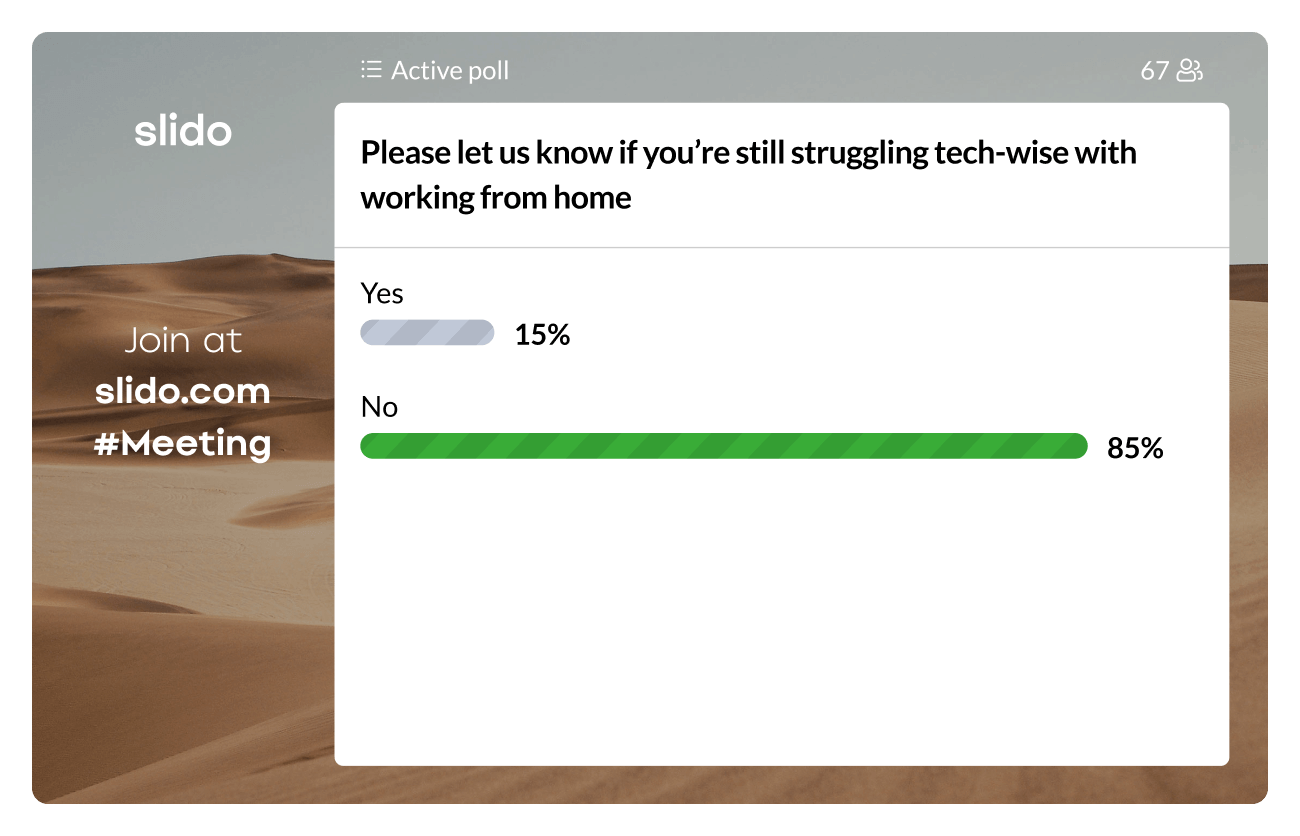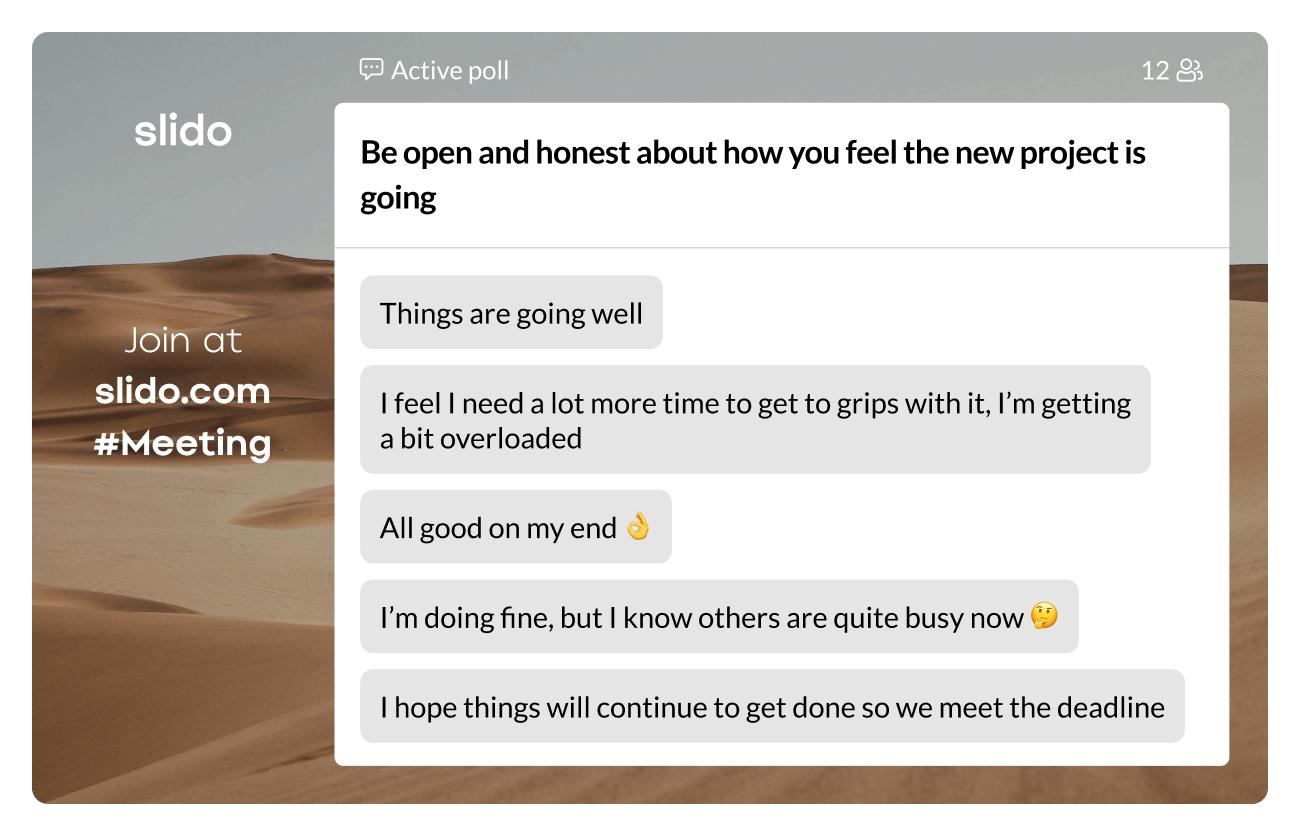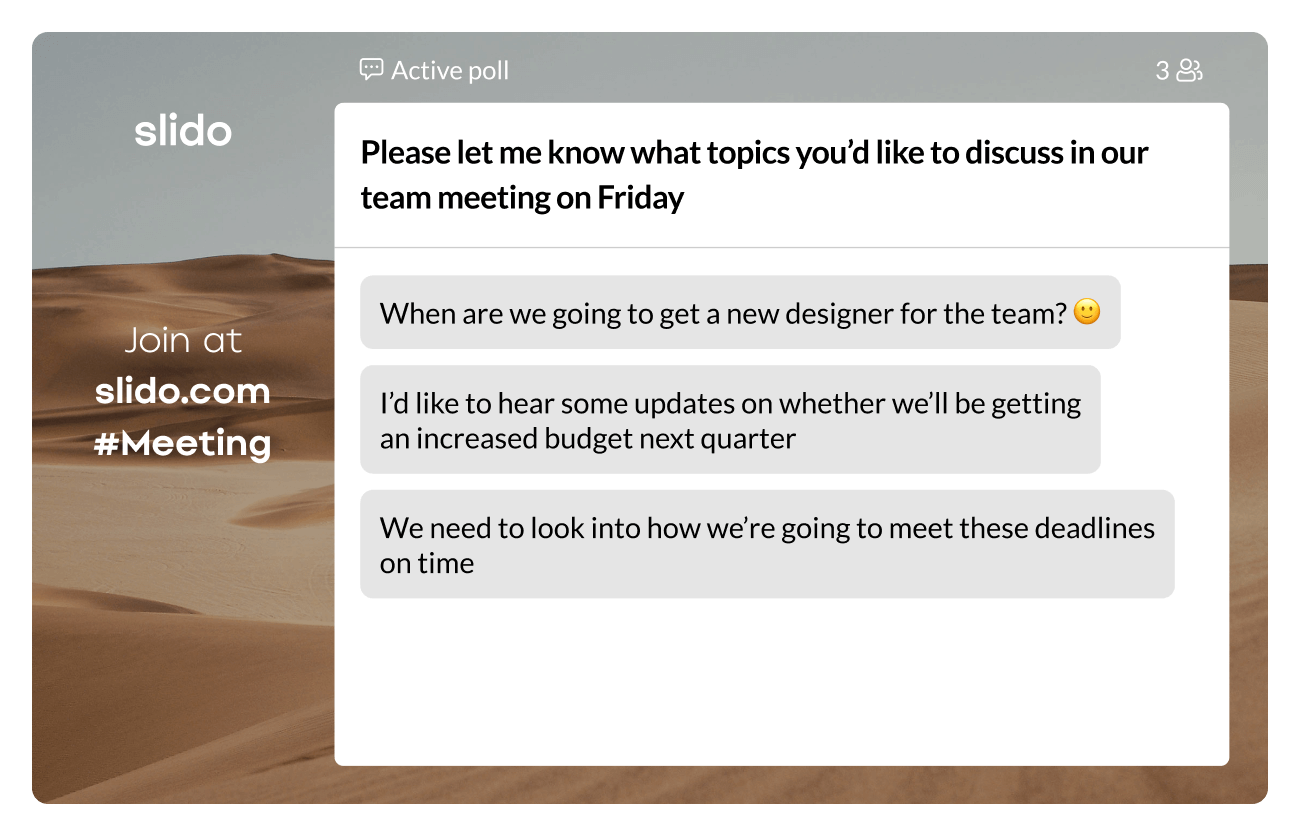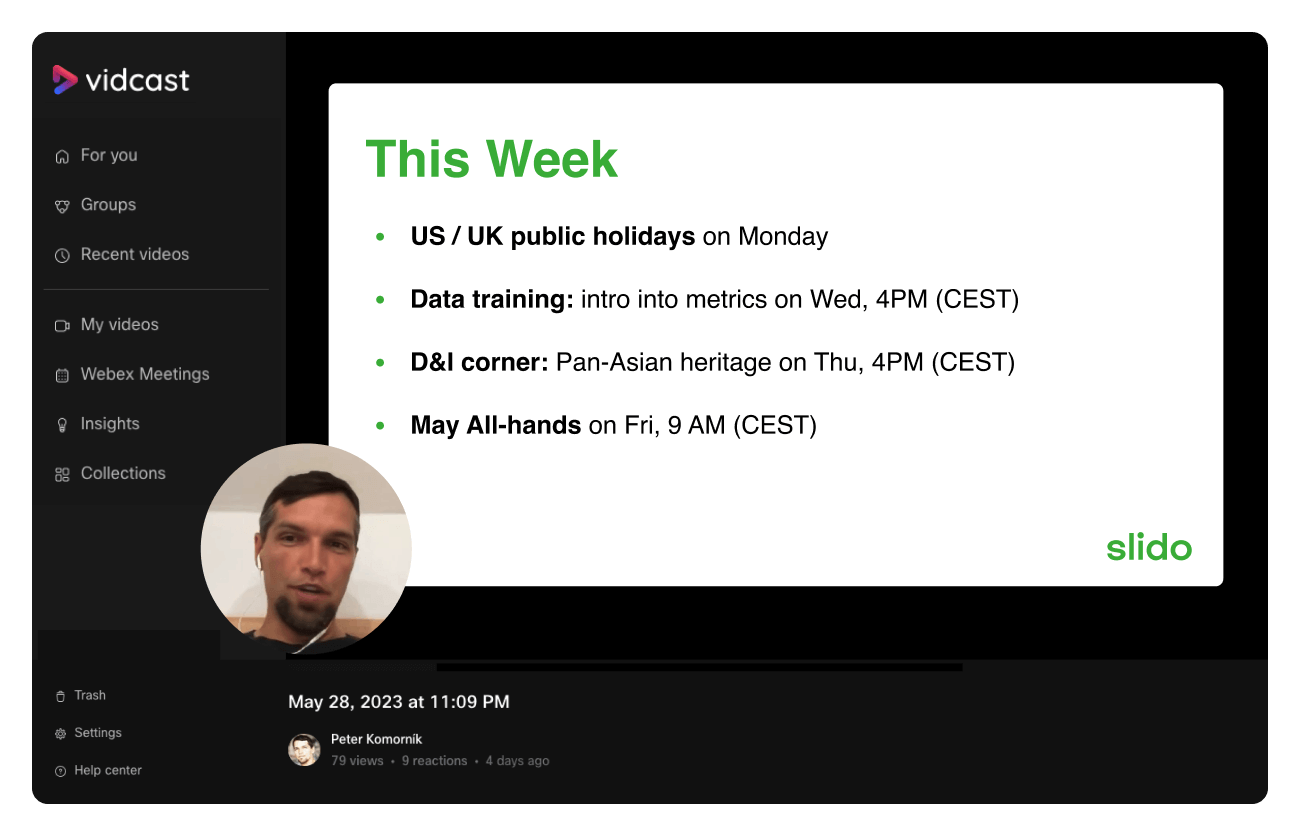Meetings are one of the most important rituals within an organization, enabling teams to connect and collaborate.
In a hybrid setup, the function of a meeting goes beyond collaboration; they hold the key to building more inclusive organizations.
By focusing on meeting equity – which advocates for an equal meeting experience for all participants – you can help your teams to feel heard and empowered, regardless of where they come from.
Running inclusive meetings will encourage more diversity of thought within your team and encourage participants to contribute more, no matter what their work or life setup.
In turn, this will lead to a greater breadth of ideas and discussion within your organization.
Meeting equity can also help you drive business outcomes forward by facilitating improved engagement and collaboration across your organization. And as a bonus, it’ll also help to create a more positive company culture.
In this article, we’ll explore why meeting equity is crucial for building inclusivity in the workplace – and why it’ll lead to a healthier organization overall.
- How can meeting equity help you build inclusion
- Who can benefit from meeting equity?
- Four practical tips for building an inclusive meeting culture
How meeting equity can help you build inclusion
In today’s hybrid workplace, companies are increasingly working in distributed teams. While some teammates are back in the office, others will be working remotely.
That’s why it’s important to make your meetings work better for those who are joining online as well as those who are in the office.

When colleagues feel heard and seen, they are happier and more engaged at work. A study by CEO North America shows that 81% of employees who feel they work in an inclusive environment also reported they were happy in their jobs.
In fact, inclusive workplaces are as much as eight times as likely to be innovative and have 2.3 times the cash flow per employee as non-inclusive workplaces.
Read on to find practical tips on how we build inclusive meetings at Slido.
Who can benefit from meeting equity?
Meeting equity is about ensuring that everyone can participate equally in a meeting.
Despite having an optimal work-from-home tech setup, workers around the world still find themselves unable to speak up and share their thoughts in meetings. Why is that?
Here’s what we found:
- People of color feel less confident speaking in internal meetings than their white teammates
- Women are more than twice likely to report being spoken over in meetings, especially in male-dominated industries
- 32.4% of neuro-diverse employees struggle with video meetings—e.g. eye contact, speaking in front of a group

Hybrid and remote working have given flexibility to many of these sub-groups, who were previously held back by the requirement to be in an office 40 hours a week.
When building an accessible work environment that takes all of these needs into consideration, meetings can help leaders set the tone right in a shared, common space.
Four practical tips for building an inclusive meeting culture
Inclusion begins with being intentional about how you run your meetings. This requires a change in your organization’s mindset as well as its meeting rituals.
Here are some practical tips for you to make the next meeting more inclusive.
#1. Lead with a remote-first mindset
At Slido, we operate a hybrid model with teams distributed around the globe. If people are near one of our offices in Bratislava or London then they are encouraged to come in when it works for their schedule.
As the majority of Slido doesn’t work from an office, we make sure to operate with a remote-first mentality.
Slido co-founder and GM Peter Kormornik says, “No matter if someone is based in Canada or India, you have to invest in ways for them to contribute and feel that they’re an important part of the team.
“If you are in the office, you have the responsibility to make sure that everyone joining remotely has a great experience, too.”
That means that we:
- encourage those joining from the office to turn on their individual laptop cameras
- don’t start meetings until we ensure that everyone can hear the people in the room well
- actively discourage side conversations
- ask the remote audience for input first
#2. Design asynchronous-friendly meetings
When working with a remote-first mindset, you need a way to collect insights from people who might not be able to join the meeting in real time.
By using Slido polls asynchronously, you can collect insights ahead of the meeting, which allows you to get a feel for your team and prepare in advance.
Additionally, those who are usually less likely to contribute in a meeting will feel more empowered to speak up when given the chance to think about their answers in advance.
This might be especially true for introverted people who often prefer to reflect in their own time rather than brainstorm on the spot, so this is a good way to ensure everyone feels comfortable.

To ease social anxiety and encourage further responses, you can enable anonymity in your polls.
Once people get used to expressing their thoughts, they will be more likely to speak up in the future. This will help to build a working culture of openness and trust.
#3. Prioritize Q&A sessions and AMAs
When it comes to inclusion, being able to ask questions is also an essential form of speaking up. To do this, leaders need to create a safe space for all team members to raise their questions, no matter what their role is, where they come from, or how they speak.
Collecting questions ahead of Q&A sessions can help you prepare thoughtful answers and collect feedback from employees in an asynchronous manner.

You can also encourage your team to upvote the existing questions so that the most pressing concerns get the attention they deserve.
Each month, we hold an all-hands meeting at Slido where our leaders cover important topics for the business. We make sure that employees have a week to submit their questions. More than one-third of our all-hands meeting is then allocated to answering these questions.
#4. Evaluate your meetings and their purpose
Asynchronous working is a key enabler for inclusion in a distributed environment. A fully async or partly async work policy helps you make sure that people get an even experience, wherever they are.
The question to ask yourself is “Does this need to be a meeting?”. By having fewer but better meetings, you can improve the productivity of your whole organization.
While some meetings have to take place at the same time, it’s not always the case.
For example, could an announcement from a company leader be done via asynchronous video messaging like Vidcast, instead of a regular meeting?
Each week, Slido’s Peter Komornik puts out his MMM (Monday Morning Meetings) via Vidcast. In these messages, he updates the company on how we’re doing as an organization and covers big events that we’ll have in the week ahead.

Slido employees can then watch it at a time that best suits them, no matter what hours they’re working or what country they’re based in.
If you’re working with distributed teams, then you can try alternating the times of your meetings so that those in different time zones get the chance to attend too.
Other work tools such as Slack and Miro allow team members to communicate and brainstorm ideas on an async basis meaning that everyone gets to have input.
Final thoughts
By making intentional adjustments to your ways of working, hybrid or remote, you’ll start to create a smoother and more equal experience for all.
When you empower people to speak up, ideate, contribute, and flag up issues, through an inclusive team culture, it inspires psychological safety within the organization. That means more innovation and risk-taking will happen across all your teams.
However, keep in mind that inclusion takes time to build. One poll or Q&A is not going to make a dent in a culture of silence. Consistency is key, and if you begin to collect and then analyze employees’ input, you’ll create a more inclusive way of working within your company.
So stay committed to your journey toward inclusive meetings and let us know how it goes!




